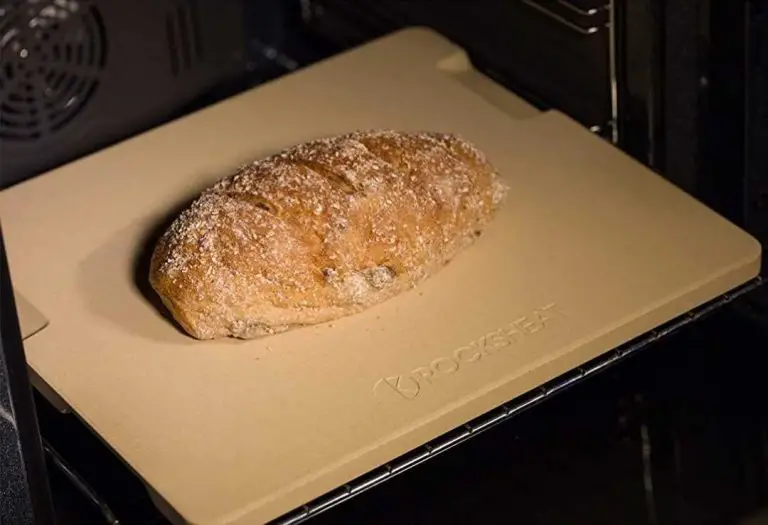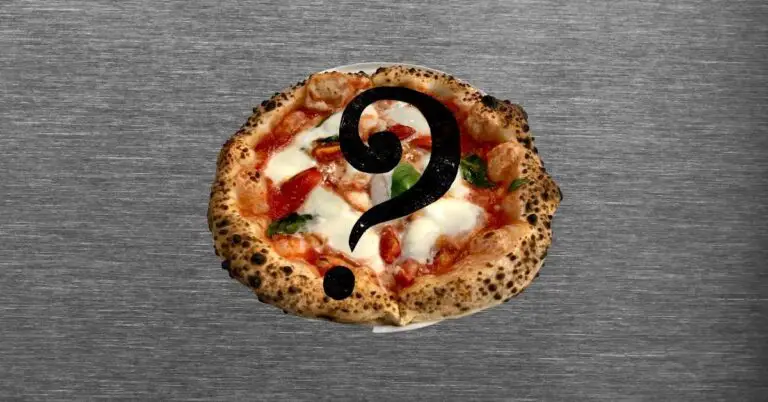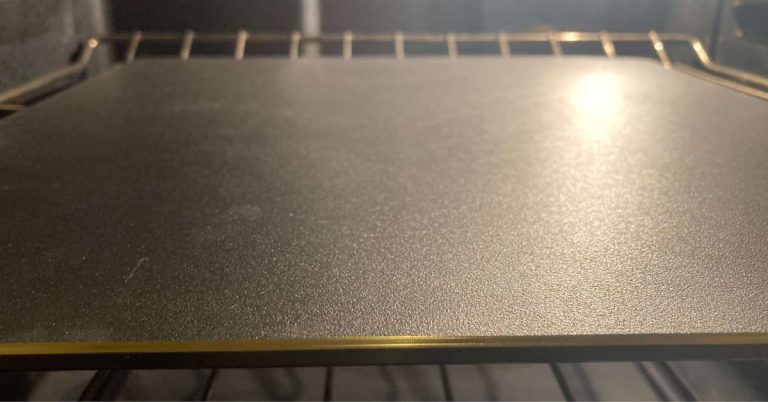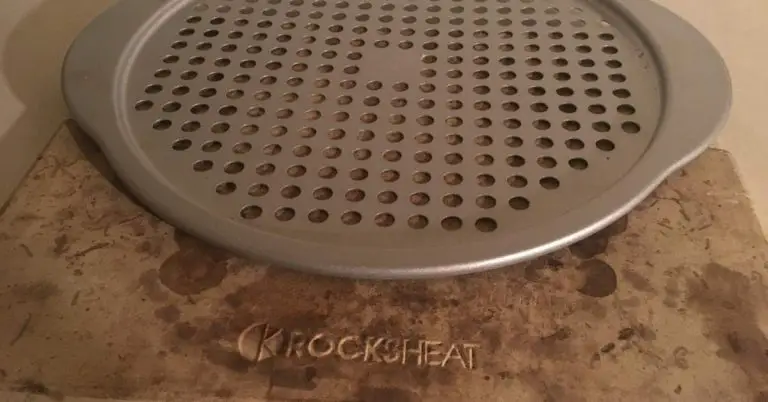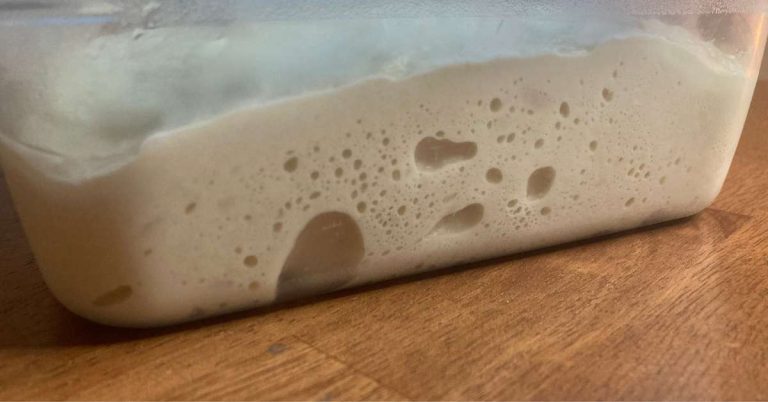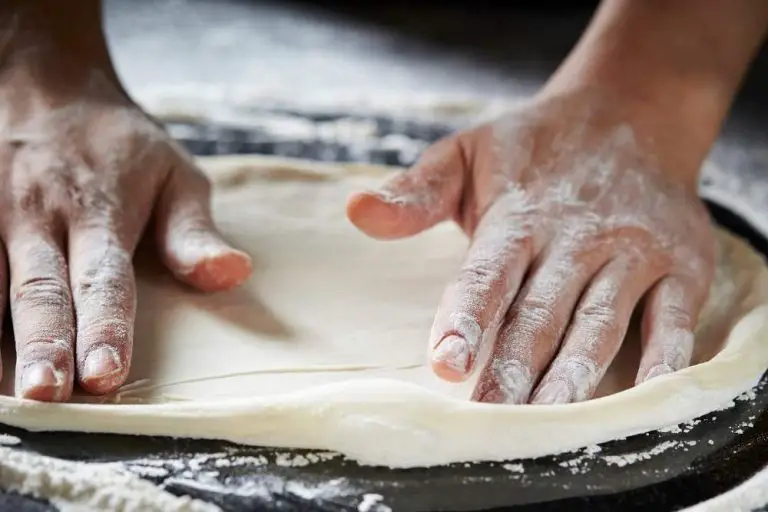Best Pizza Steels & Baking Stones: Advice From A Homemade Pizza Pro
In our pizza oven consulting business, we end up talking a lot about the hottest and most advanced ways to cook pizza at home. But where does that leave the lowly home pizza maker who’s just using a regular home oven? Lucky for you, home oven pizza is one of my passions.
This is where pizza steels and pizza stones come into play. A pizza steel, or a pizza stone, is the best way to make pizza in a regular home oven. Pizza steels and stones emulate a pizza oven by providing a hot, flat surface that starts cooking your pizza crust instantly.
In fact, a pizza steel specifically is the best and easiest way to cook pizzeria quality at home without actually owning a pizza oven.
Let’s first look at the pizza steels and stones I love, then talk about the best ways to use them.
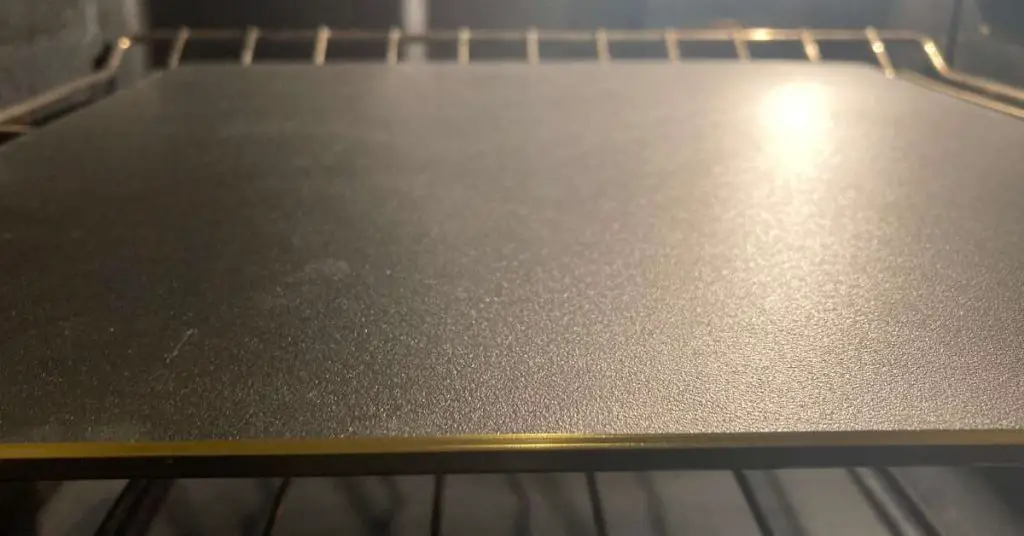
The Best Pizza Steels & Baking Stones
Like I mentioned earlier, pizza steels and pizza stones vary in thickness and shape, but beyond that there isn’t much difference between one and the other.
So for this list, I’m going to keep things simple and just list the best steels and stones that we use on a regular basis. If these don’t quite match what you’re looking for, a quick Amazon search will turn up dozens more. Just keep in mind the guidelines I’ve listed below and you’ll be good to go.
The Original Baking Steel
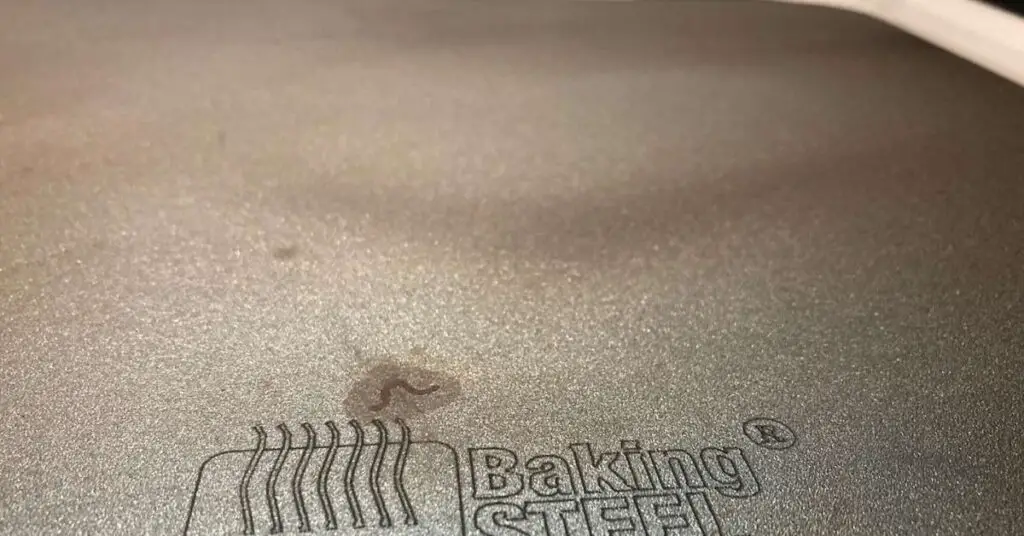
The Original Baking Steel is my go-to pizza steel when it comes to making pizza in my regular home oven. It features a large, seasoned surface and a rectangular shape with no sharp edges.
With a 14 x 16 inch baking surface and ¼ inch thick, The Original Baking Steel is perfect for making large pizza with perfectly crispy crust and a browned underside. I’ve used this quite a bit for making New York and New Haven style pizza with great success, even when using a decades old home oven sitting in my garage.
At $119, the Original Baking Steel isn’t cheap, but it’s pretty much in line with other popular pizza steels out there. It’s certainly much less expensive than even a budget pizza oven.
- Size: 14 x 16 inches, ¼ inch thick
- Price: $119
Ooni Pizza Steel 13
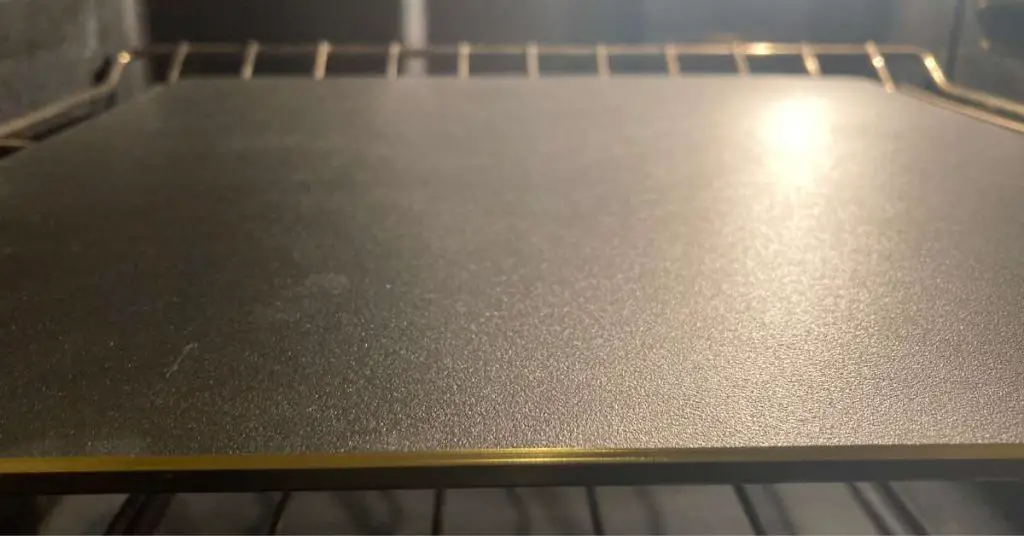
The Ooni Pizza Steel 13 is one of the newer additions to my pizza-making tools collection. It features a 13 x 13 inch baking surface with smooth, polished edges.
The Ooni Pizza Steel is square shaped and with a smaller baking surface than the Baking Steel Original, but it’s also about 20% cheaper at $99. This pizza steel is best suited for making smaller pizzas, especially Neapolitan style.
My one complaint with the Ooni Pizza Steel is the odd bevel in the middle. I’m not sure if this is just a manufacturing error with my steel specifically or if others have found this as well. That said, it doesn’t affect the performance of the steel in any way, so this is more of an observation than a complaint.
- Size:13 x 13 inches, ¼ inch thick
- Price: $99
NerdChef Steel Stone
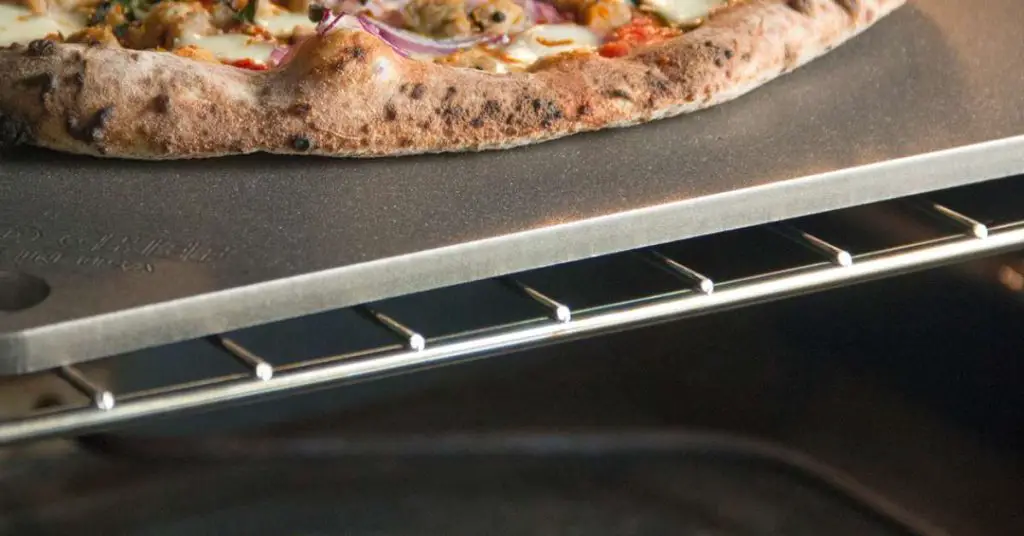
Don’t be fooled by its peculiar name—the Nerdchef Steel Stone is in fact a pizza steel and not a pizza stone. I think they chose this odd name because more people are familiar with pizza stones than steels.
In any case, the NerdChef Steel Stone is a fantastic steel that we’ve used many times with great success to make all kinds of pizza styles in our home oven. I particularly like the rounded edges and holes along the sides for hanging or holding.
The NerdChef Steel Stone has a 14.2 x 16 inch baking surface with a thickness of .375 inches. This makes it slightly larger and thicker than the Baking Steel Original, but I don’t think this makes a big practical difference in terms of quality and performance, at least not for the average pizza maker.
- Size: 14.2 x 16 inches, .375 inches thick
- Price: $129
Rocksheat Pizza Stone
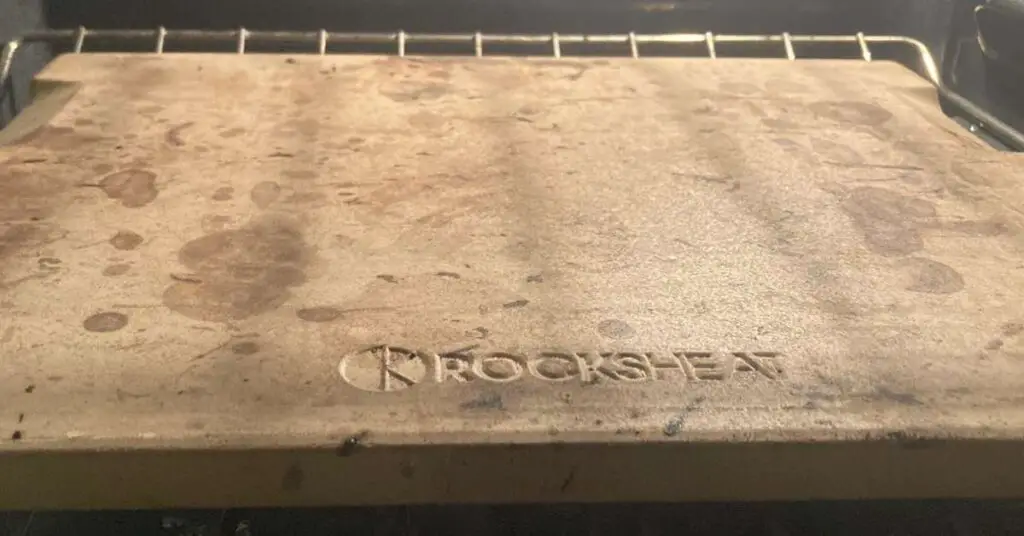
If a pizza steel is too hard on your budget right now, a pizza stone will give you great results at a much lower price.
Personally, I’ve owned this Rocksheat pizza stone for many years now, and it still performs just as well as it did when I first bought it. No, it isn’t as heat conducive as my pizza steels, but it still browns and crisps and browns the underside of my pizza crusts.
The Rocksheat pizza stone is 14 x 16 inches with a depth of .65 inches, which is extra thick. And at only around $50, it’s hard to complain much. There are other sizes available at different prices, as well.
- Size: 14 x 16 inches, .65 inches thick
- Price: around $50
Why Use A Pizza Steel Instead of a Pizza Pan?
When you prepare a pizza on a pizza pan, it starts out at room temperature. That means when you put it in the oven, even at the maximum temperature, the pan will need several minutes just to heat up to the point where it’s actually cooking the crust of your pizza and not just blocking the heat.
This is a terrible way to cook a pizza. While your pizza pan is heating up, your toppings and cheese are already melted. This means by the time your toppings are cooked all the way through, your crust is still pale and soft. Flip it around, and your crust is cooked through but your toppings and cheese are burnt.
You can fix this by using a pizza stone or a pizza steel. When you preheat up a stone or a steel, it absorbs all of the heat from the oven. When you finally slide your pizza onto its hot surface, the raw dough starts cooking instantly.
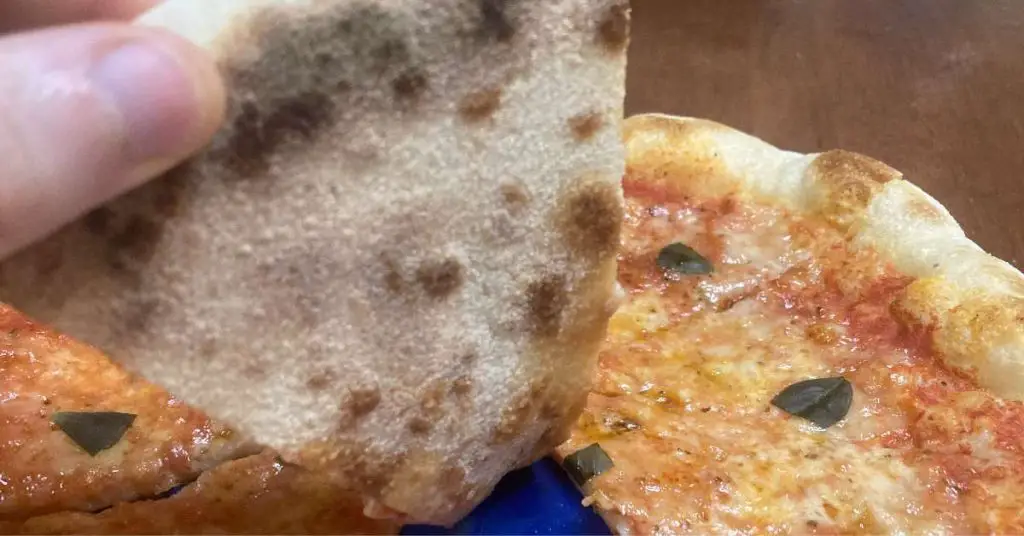
This not only helps to crisp the underside of the crust, it also helps with “oven spring”, which is what causes the outer crust to puff up and rise like at a pizzeria.
So, in terms of a pizza pan vs a pizza steel (or stone), there really is no comparison. Pizza ovens have flat baking surfaces for a reason, so using a tool like this is the only way to come close to it in a home oven.
What To Look When Buying A Pizza Steel Or A Pizza Stone
Pizza steels and stones are just large slabs of stone or metal that get super hot when you preheat them in a home oven. By design, they’re very simple tools made of a single material that serve a very specific function.
For this reason, pizza steels and stones don’t actually vary that much in terms of quality or performance. Instead, it really comes down to finding the right pizza steel or stone that fits your budget and your oven.
How I Choose A Pizza Steel (or Stone)
In general, you can follow these rules of thumb: pizza steels are better than pizza stones, thick is better than thin, and square is better than round.
Pizza steels conduct heat better than pizza stones, which means they get hotter faster and stay hotter longer than cordierite stone. Pizza steels produce a crispier, more charred crust and retain heat better even when making multiple pizzas in a row.
That said, pizza steels are more expensive than pizza stones. A large and thick pizza steel will often cost around $100-$150, while a decent baking stone of the same size will only set you back about $25-$50.
The thicker the pizza steel or pizza stone is, the better it is at conducting and retaining heat. And a square pizza steel or pizza stone simply gives you space for a bigger pizza, as well as room to maneuver when launching the pizza into the oven. Round steels and stones tend to end up with toppings and dough dripping over the sides when you miss—never a good thing.
How To Use A Pizza Steel or Pizza Stone
Pizza steels and stones are dead simple to use—just heat them up, and slide your pizza onto it. But, like with most things, this is easier said than done.
A Pizza Steel Requires A Pizza Peel
For one thing, you’ll need to use a pizza peel, which is an artform in itself. A pizza peel is a large, flat paddle that you prepare your raw pizza dough on and then use it to slide it onto the steel.
Using a pizza peel is intimidating for many people, and I can understand why. If the pizza sticks to the peel on its way onto the pizza steel, it can cause a smoky mess in your oven. But the truth is, using a pizza peel is easy if you follow a few simple steps.
The first step is to use plenty of flour when stretching the dough, then sprinkle more flour onto the peel before you start topping the pizza. If you’re unsure or scared about sticking, don’t hesitate to use as much flour as you need.
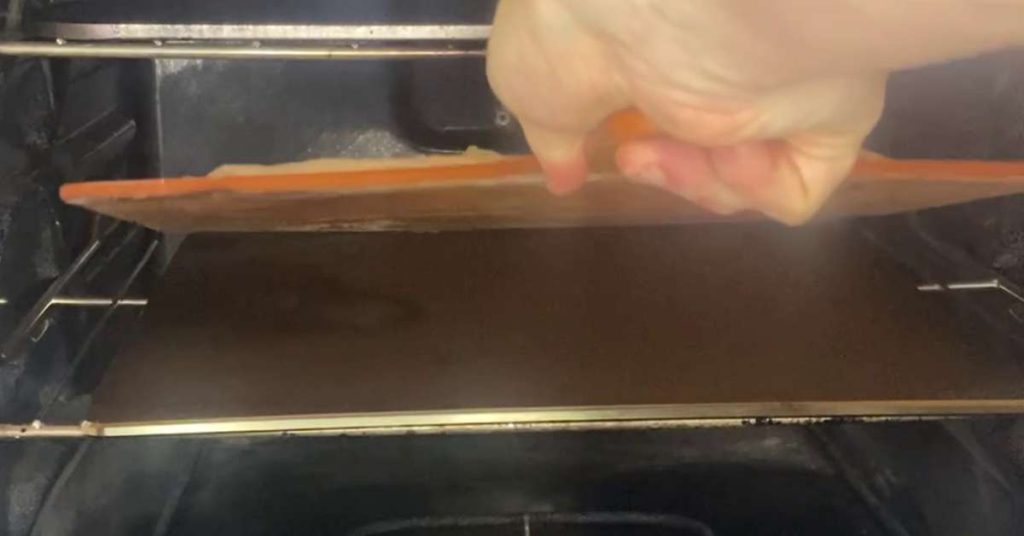
That said, DO NOT add flour (or worse, oil) to the pizza steel itself to prevent sticking. This will just smoke up and burn in the oven, and it won’t prevent sticking anyways. Instead, use the flour (not oil) on your pizza peel before you start preparing the pizza. If it’s not sticking to the peel, it won’t stick to the steel, either.
Make Sure You Preheat Long Enough
I’ve read comments online, and even in instruction manuals, telling users to preheat their pizza steel or stone for 15 minutes before using it. This is crazy, because realistically it takes much longer than 15 minutes for a thick slab of steel or stone to completely heat up all the way through.
Instead, I recommend preheating your pizza steel (or stone) at your oven’s maximum temperature for at least 1 hour, but preferably closer to 1.5-2 hours. This not only provides enough time for your pizza steel to heat up all the way through, but also your oven itself to become completely saturated with heat.
This is the best way I’ve found to truly replicate the best qualities of a pizza oven and radiate heat into the pizza from all angles.
But rather than just relying on timing, it’s more accurate to use an infrared thermometer to check the temperature of the top and bottom of the pizza steel, as well as all sides of the oven itself to check its temperature. What I do is check the temperature every 20-30 minutes, and when the numbers stop going up, you know you’ve hit maximum heat saturation.
Depending on the efficiency of your home oven, this can take anywhere from 45 minutes to 2 hours. In my home oven, my pizza steel hits just over 540F (280C) in a little over an hour.
Final Thoughts
Whether you buy a pizza steel or a pizza stone, know that you’re going to up your pizza game substantially compared to almost any other method besides a pizza oven itself.
Personally, I recommend going with a pizza steel over a pizza stone unless price is a big issue for you. But pizza stones still work great and provide huge value for the money considering their super low price.
Just keep in mind that cordierite baking stones tend to crack and break if you don’t keep them clean, which is why a pizza steel is probably a better long term investment for most people.
If you’re still unsure if a pizza stone, pizza steel, or even a pizza oven, is the best fit for your budget, get in touch by filling out our free pizza oven recommendation form. We’ll get back to you with a full and thoughtful recommendation based on your circumstances and budget as soon as we can.

